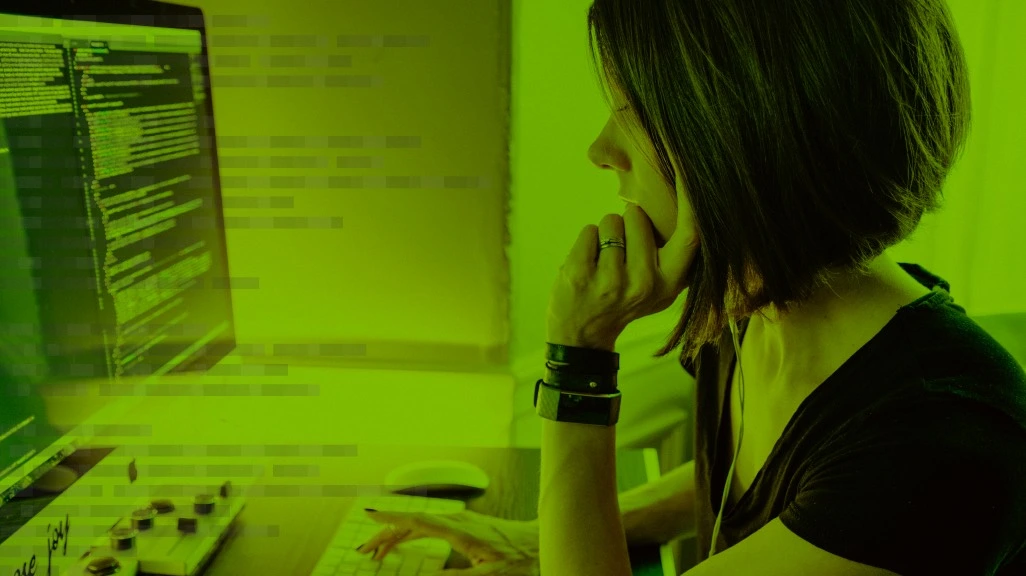
Article
Using DTS Eclipse, PyDev, and Python 2.7
Red Hat intended for developers to integrate Developer Toolset 2.0 (DTS) and Red Hat Software Collections 1.0 (RHSCL). As you may not realize, inside the DTS is a copy of Eclipse and you can use that with any software collection. In other words, you can use PyDev, with the Python 2.7 Software Collection from RHSCL in the Eclipse from DTS. Let's find out how. First, let's make sure you have the right repos, [lwhite@lwhite-laptop ~]$ sudo yum repolist Loaded plugins...
